Riot Games is implementing a handful of new policies with the goal of getting Game Changers players into both Challengers and the VCT international leagues, and with those changes comes an opportunity for organizations to expand their reach in VALORANT.
Going forward, organizations that currently compete in VALORANT at the VCT international league or Challengers level can field an additional roster “within other tiers” if the second roster is composed primarily of Game Changers players.
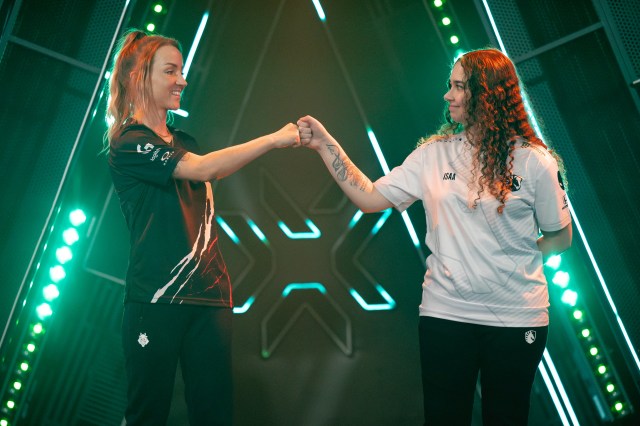
In a press release sent out by Riot in June, the company explicitly states that partnered teams fielding rosters in the VCT international leagues can also field a Challengers league team, “provided three-fifths of the roster are eligible to play in Game Changers.” Additionally, teams in Challengers can field a second roster in Premier or Challengers, provided the majority of the second roster is Game Changers eligible.
This means for a number of partnered organizations that currently field rosters in both VCT and Game Changers, if their Game Changers roster successfully qualified for Challengers, there would be no issue. This lines up nicely with the new “upward player mobility” changes Riot has implemented to give Game Changers players fairer chances to reach Challengers. Teams like Liquid, G2, MIBR, LOUD, GIANTX, and Karmine Corp all currently field rosters in both the VCT international leagues and in Game Changers.
These changes could also theoretically open the gates for more partnered VALORANT organizations to eventually enter Game Changers, since a Game Changers team could offer a path into Challengers that otherwise wouldn’t be available. Partnered teams would then effectively be able to field a secondary roster of two-way players that they could use to bolster their international league rosters at any time.


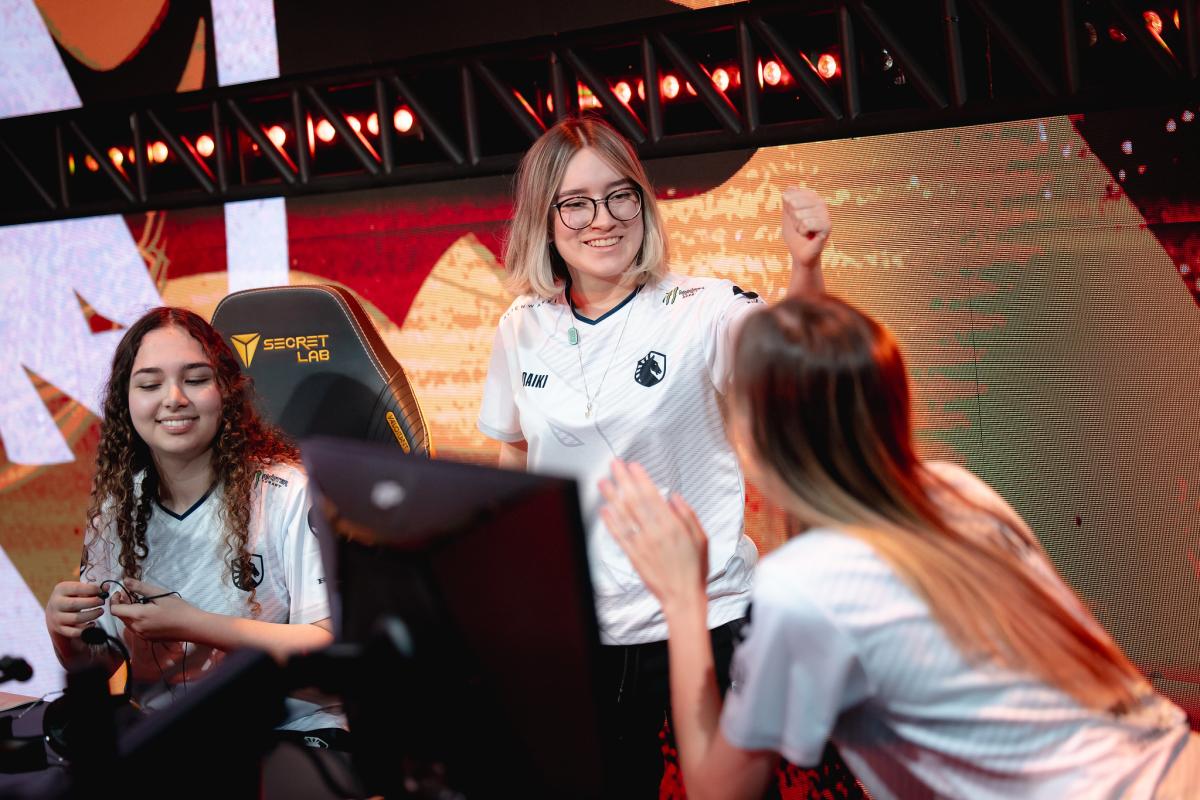
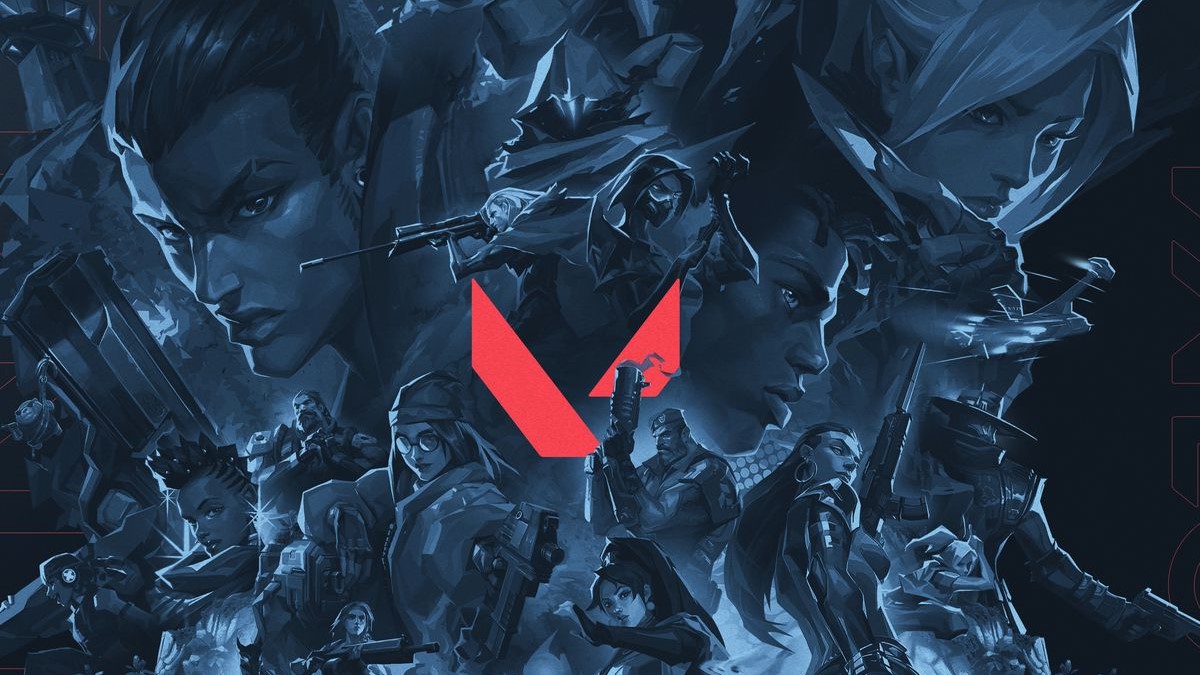
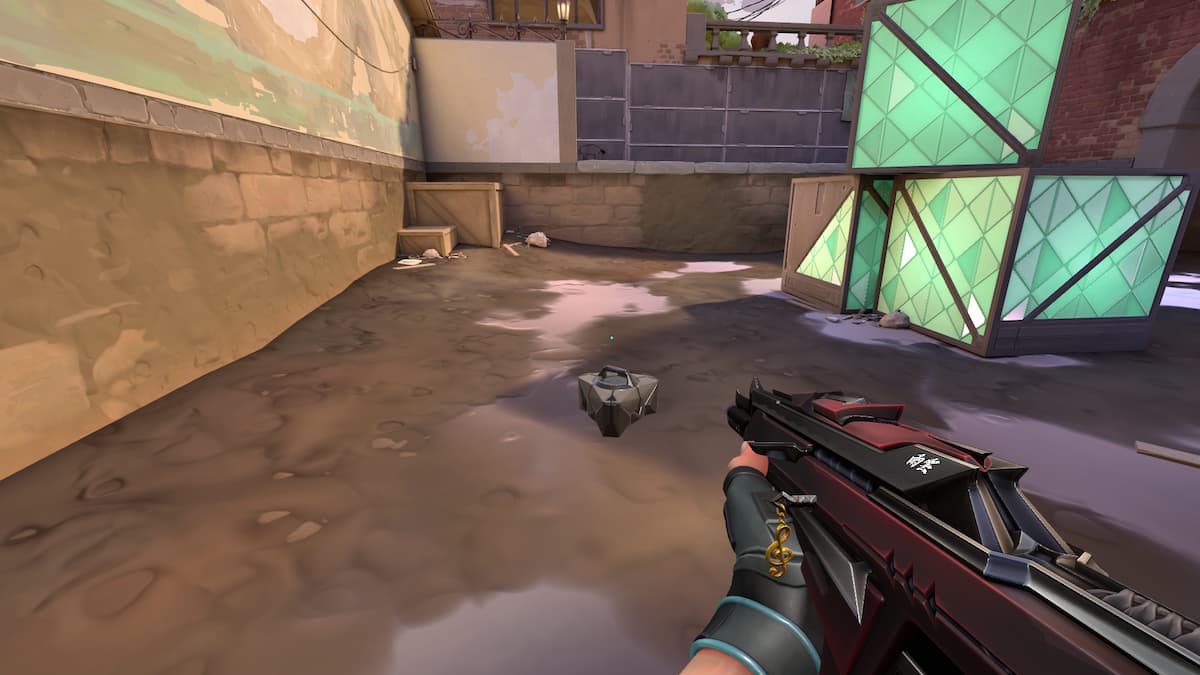

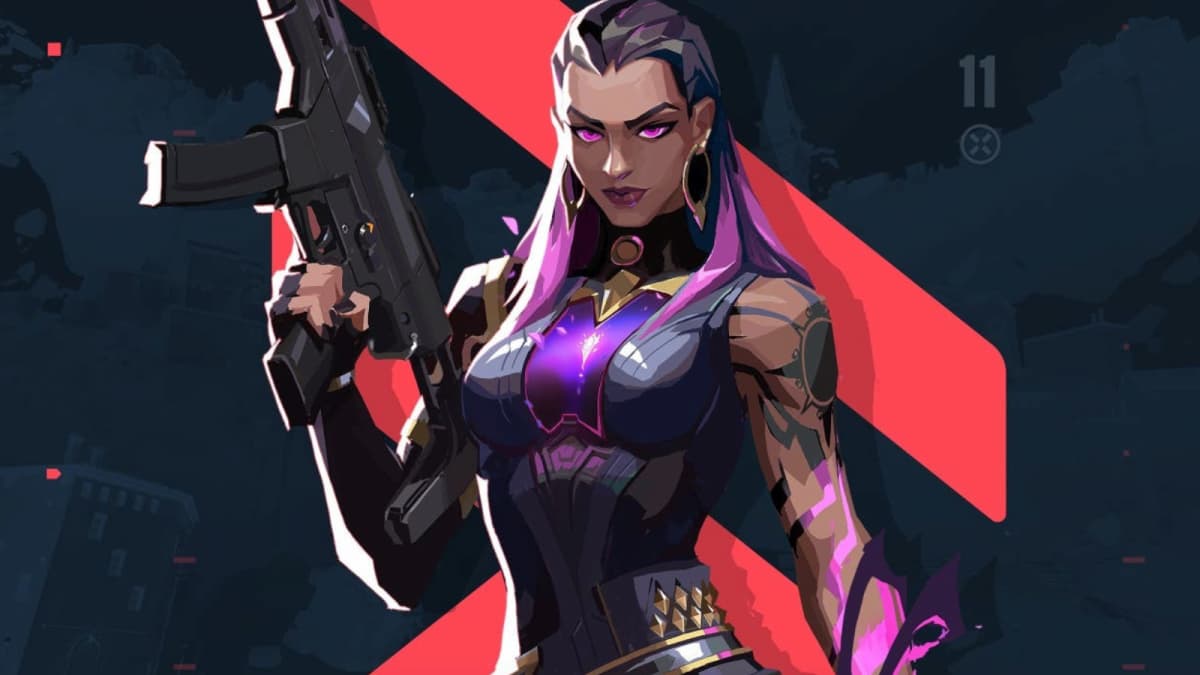
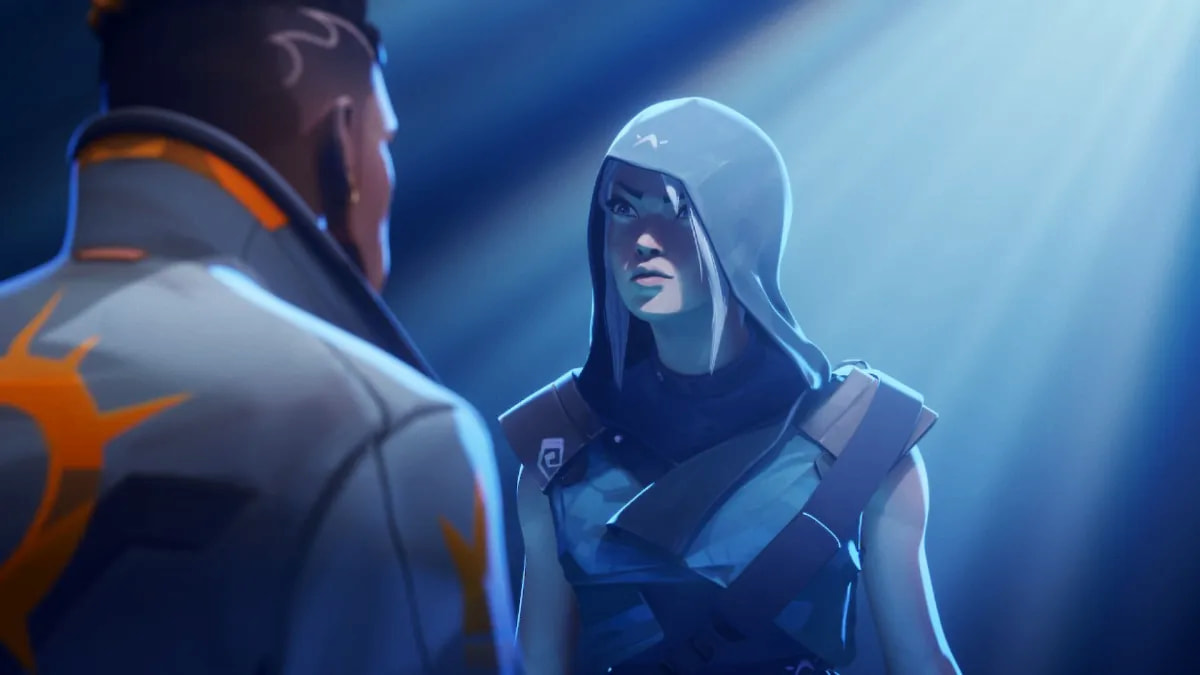
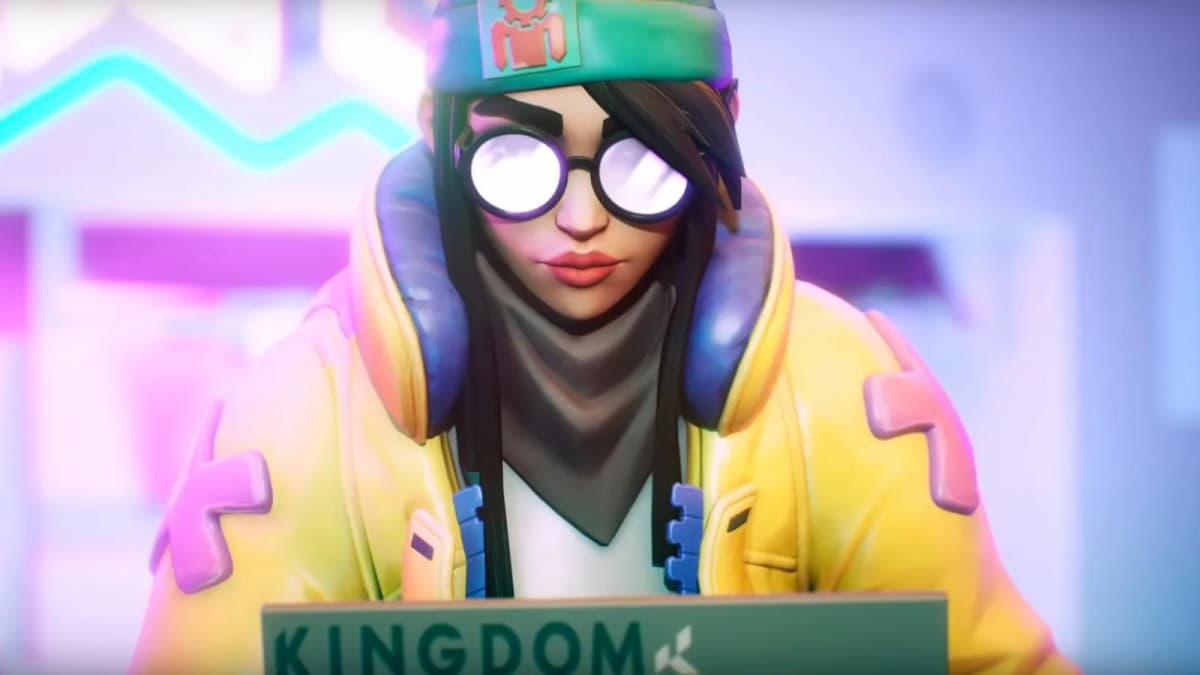
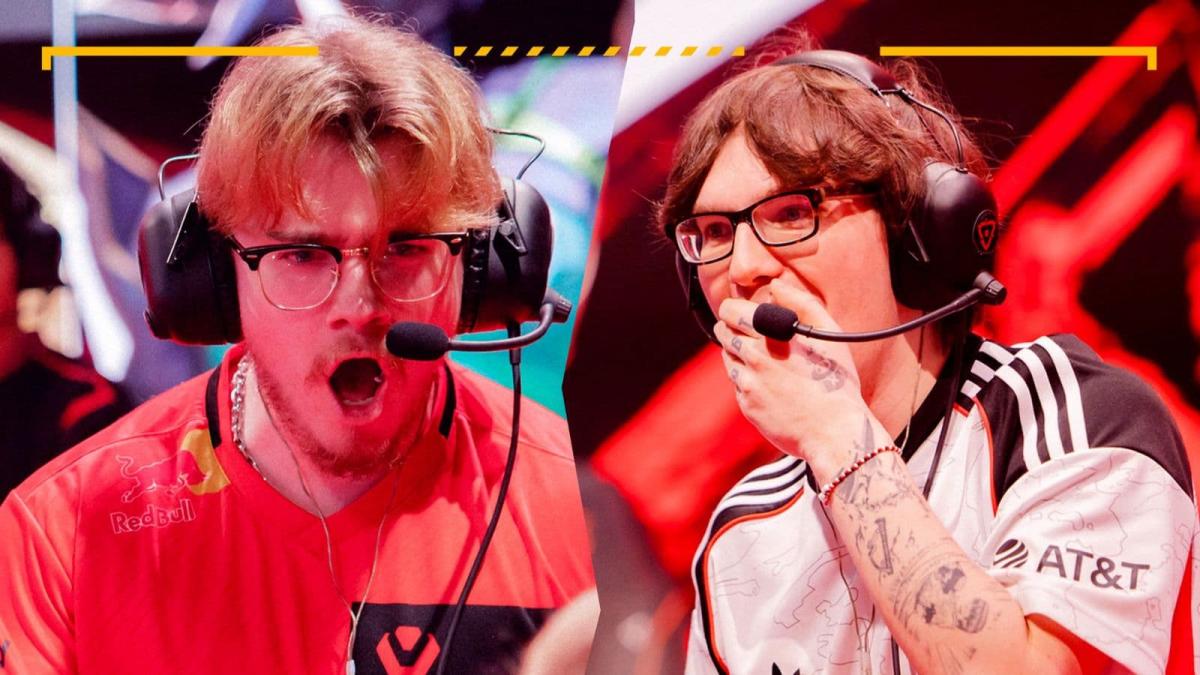
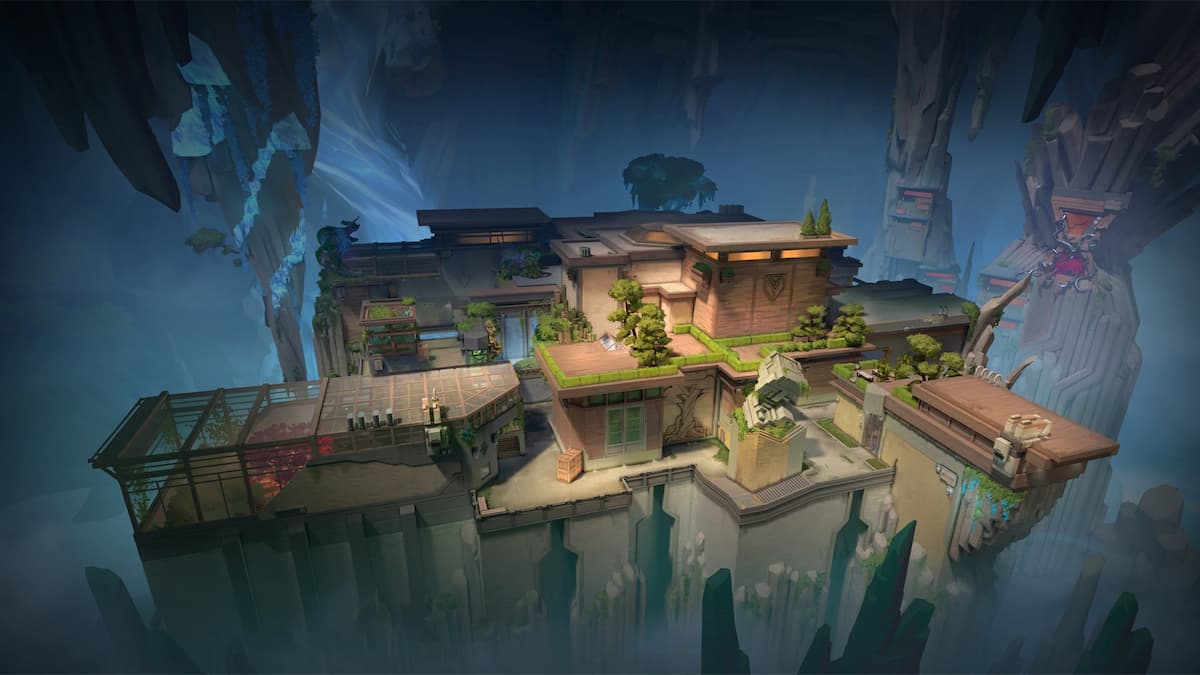
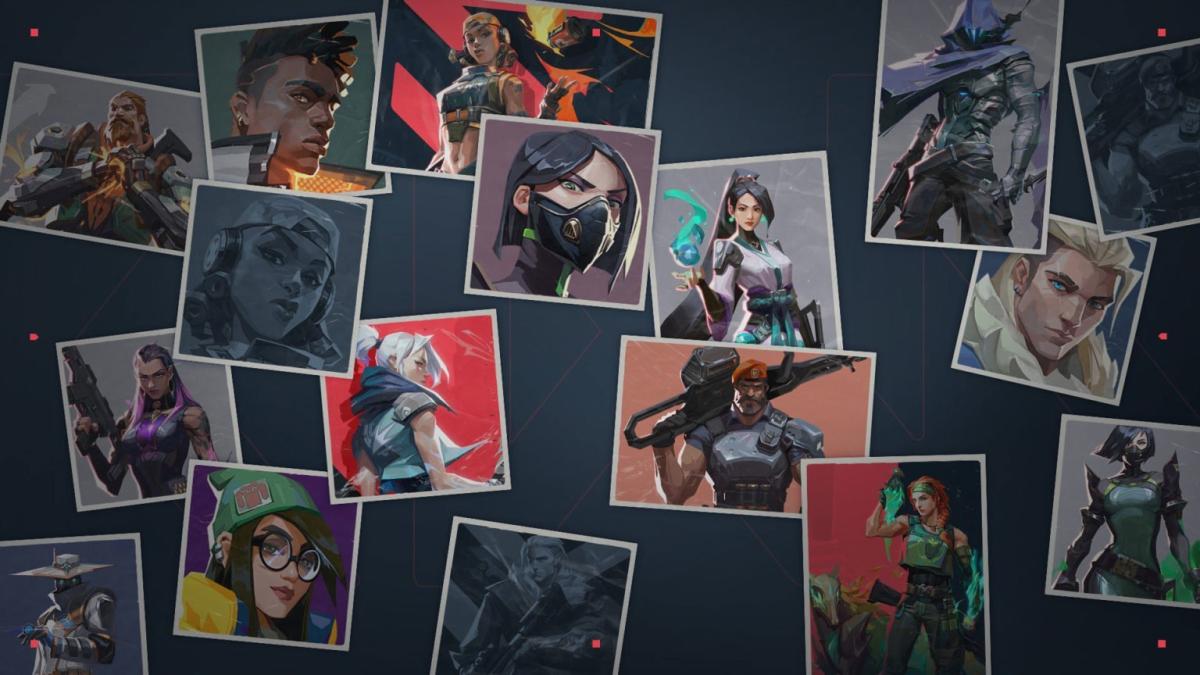

Published: Jun 18, 2024 11:00 am